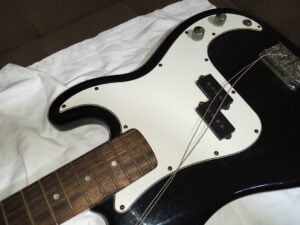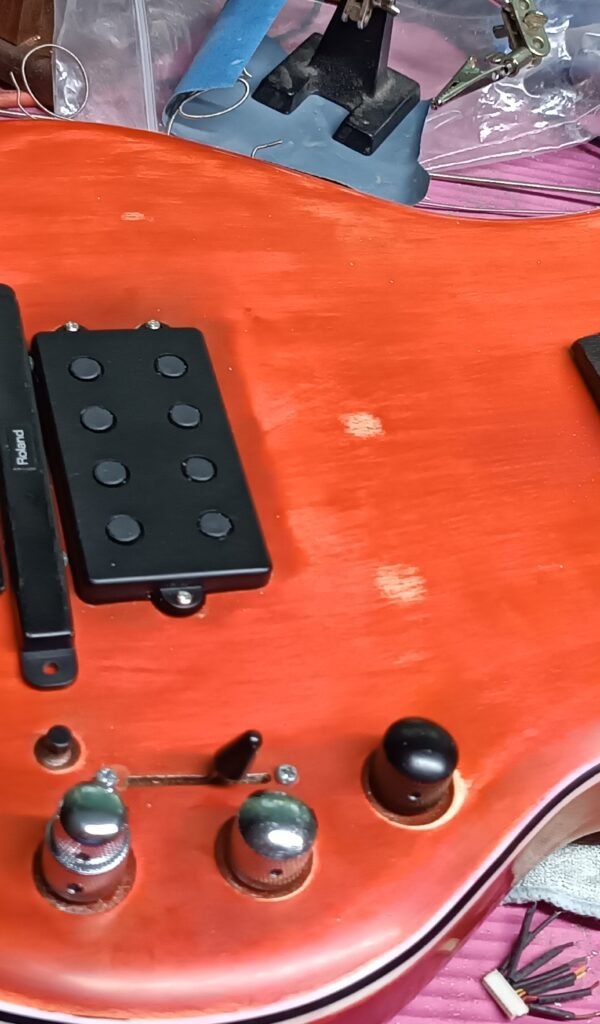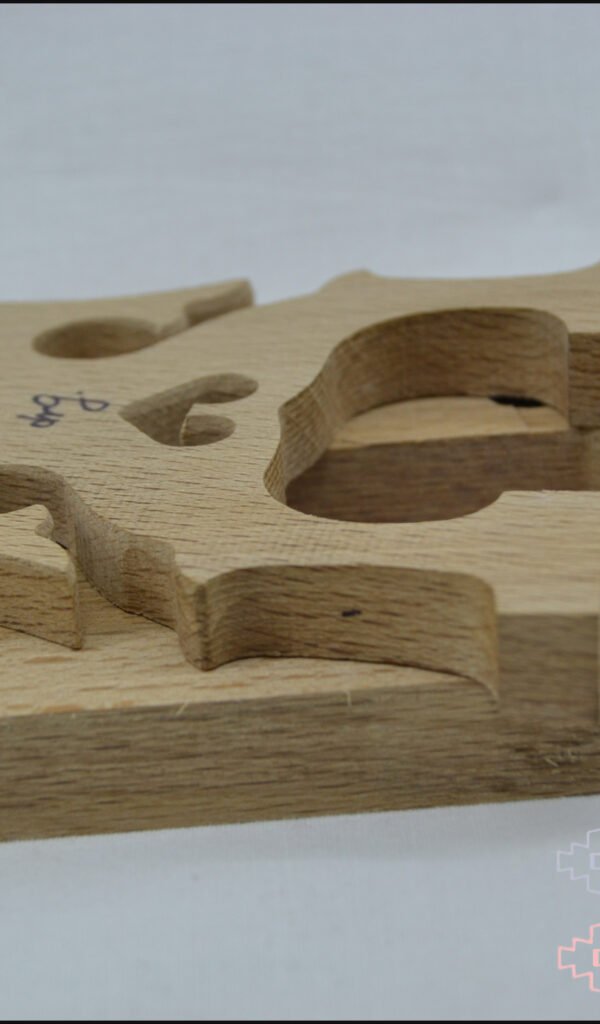Introduction: Setting up a bass guitar is a crucial step in unlocking its full potential, ensuring optimal playability, and achieving a balanced, resonant tone. This article serves as a comprehensive guide to bass guitar setup, providing precise measurements and data for key elements. By following these techniques, you can elevate your bass playing experience to new heights of excellence.
- Evaluating Neck Relief:
Begin the setup process by assessing the neck relief, which refers to the slight curvature of the bass guitar neck. Using a straight edge or specialized tool, measure the gap between the strings and the frets at various positions along the neck. Aim for a slight bow, typically between 0.010 and 0.014 inches, to strike the perfect balance between string height and buzz elimination. - Setting the Action:
The action, or string height, plays a vital role in the playability of a bass guitar. Measure the distance between the strings and the fretboard at the 12th fret using a ruler or feeler gauge. For a standard setup, aim for an action height of around 0.08 inches (2mm) on the G string and 0.06 inches (1.5mm) on the E string. Adjust the bridge saddles accordingly to achieve the desired action. - Adjusting Intonation:
Intonation ensures that your bass guitar plays in tune across all frets. Use an accurate tuner to compare the pitch of an open string with its corresponding pitch at the 12th fret. If there is a discrepancy, adjust the saddle position to achieve proper intonation. The ideal measurement for intonation is when the 12th fret harmonic and the fretted note match perfectly. - Nut Action and Slot Depths:
The nut plays a crucial role in maintaining proper string height and spacing at the bass guitar’s headstock. Measure the nut action by using a feeler gauge to check the clearance between the strings and the first fret. Aim for a nut action of around 0.02 inches (0.5mm) for the G string and 0.016 inches (0.4mm) for the E string. Additionally, ensure that the nut slots are deep enough to prevent excessive string buzzing. - Pickup Height Adjustment:
Proper pickup height adjustment is essential for achieving balanced and tonally rich bass guitar tones. Measure the distance between the pickup pole pieces and the strings using a ruler or specialized gauge. For a general starting point, aim for a distance of approximately 0.22 inches (5.5mm) on the bass side and 0.18 inches (4.5mm) on the treble side. Fine-tune the height to achieve the desired balance and output. - Bridge Height and Radius Adjustment:
The bridge height and radius affect the overall feel and playability of the bass guitar. Measure the string height at the bridge, ensuring an even radius that matches the fingerboard curvature. Adjust the bridge height using the appropriate screws or saddles to achieve consistent string height across the fretboard, typically around 0.4 inches (10mm) from the top of the fret to the bottom of the string.
A well-executed bass guitar setup has the ability to transform an average instrument into an inspiring and versatile tool for any bassist. By paying attention to important aspects such as neck relief, action, intonation, nut action, pickup height, you can achieve optimal playability, tonal balance, and tuning stability. It’s important to approach the setup process with care, be patient, and regularly maintain your bass guitar to ensure consistent performance. Armed with these insights and a dedication to achieving exceptional sound quality, you’ll be well on your way to mastering the art of bass guitar setup.





